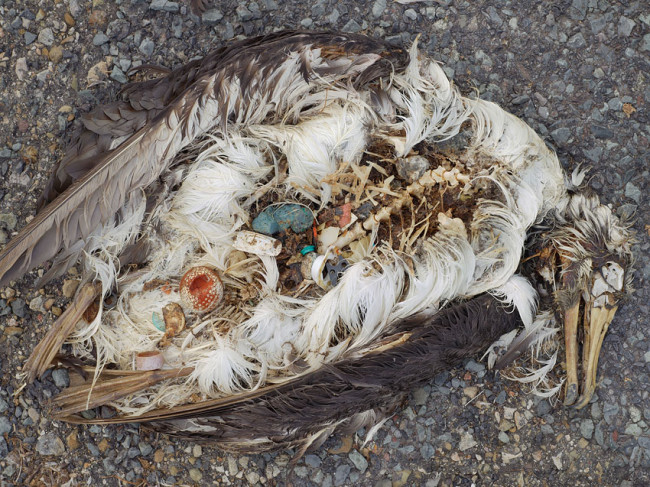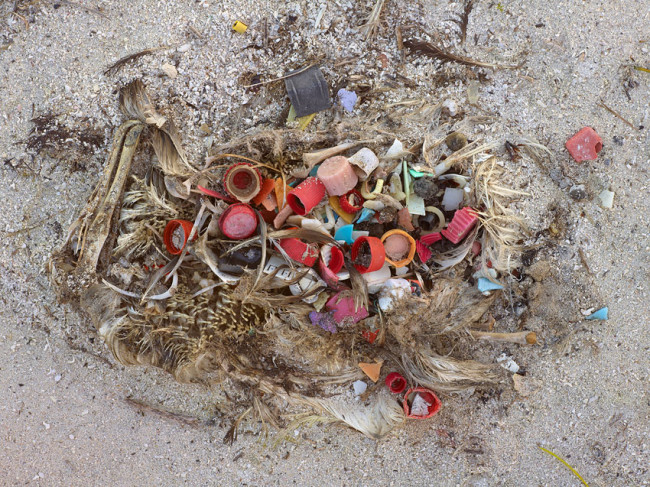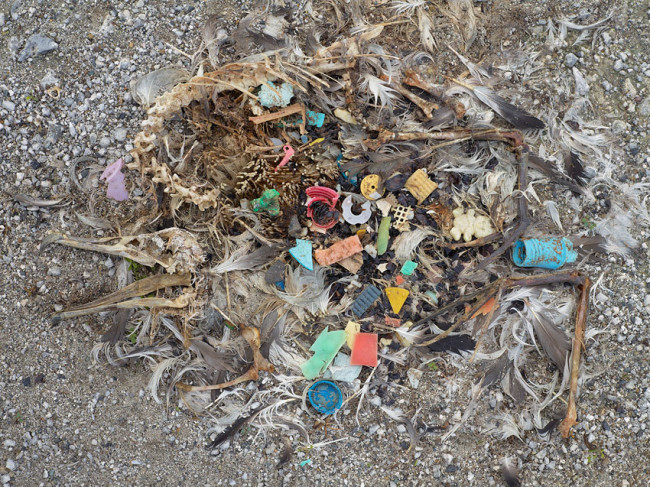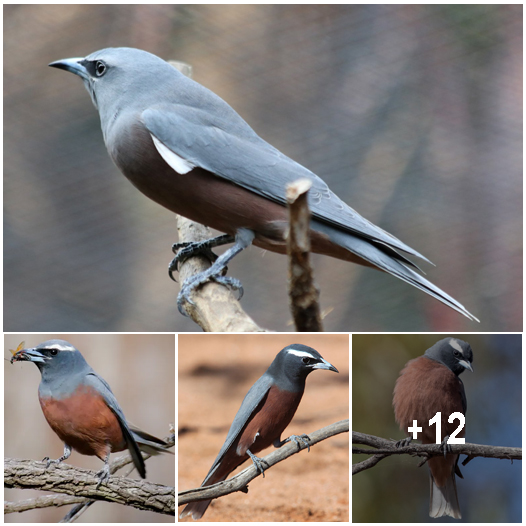Sometimes it takes a powerful video or a picture to prove a point that there is a problem that needs some serious attention. A problem we all know about, but not everyone is willing to doing something about. The problem I’m talking about is pollution. Pollution is said to be one of the biggest killers, affecting over 100 million people worldwide. Today I am not talking about just any type of pollution though; my focus is on the pollution that is filling our oceans. The garbage dumped in the ocean every year is roughly around 14 billion pounds. With all of that waste being dumped into the ocean, plastic is the major problem. Unfortunately even with knowing those facts, pollution is still going to occur, but do you know the damage that polluting our oceans is actually doing? Photographer Chris Jordan wanted to show the public just how serious this problem is. He has published a series of images of deceased birds whose bodies are filled with plastic and trash. The images are hard to look at, but necessary in order to see the true effects of pollution in the world.
Chris spends a majority of his time capturing images of ocean birds that have been killed from the overwhelming ocean pollution. These birds typically live for over 50 years and are now dying at a very young age.

Chris’s journey is focusing mostly on the Midway Atoll which is roughly midway between North America and Asia, more than 2000 miles from the nearest continental land. But his pictures go to show that the pollution problem is everywhere and it’s a global issue.

Chris goes on to say, “The nesting babies are fed bellies-full of plastic by their parents, who soar out over the vast polluted ocean collecting what looks to them like food to bring back to their young. On this diet of human trash, every year tens of thousands of albatross chicks die on Midway from starvation, toxicity, and choking. To document this phenomenon as faithfully as possible, not a single piece of plastic in any of these photographs was moved, placed, manipulated, arranged, or altered in any way. These images depict the actual stomach contents of baby birds in one of the world’s most remote marine sanctuaries, more than 2000 miles from the nearest continent”.


You can watch his full video below.
After seeing this stomach-turning video, it has become more relevant that we, as the population, need to make a change with the way we handle our trash. It can be as simple as throwing away your garbage before leaving a beach, don’t litter, and using less plastic. By just using Google to find out ways to reduce waste, you’ll realize that there is a lot more that you can be doing. It starts with you, but you are enough to make a difference. If you start a recycling program in your home, and you have four people living with you, that’s a total of five people making an effort to recycle and reduce. When you are no longer living together, the continuance of recycling will be spread to other households.

